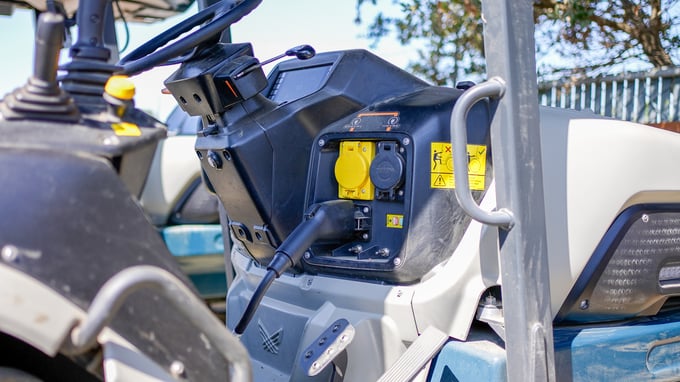Farmers often spend a good portion of their day trekking out to the fields and pastures, examining troughs and water levels, assessing crop health, checking vehicles, and otherwise monitoring their overall farming operations. In the few remaining hours, they must squeeze in everything else that is related to running an agribusiness.
Is it possible to reduce the time farmers spend monitoring their field operations? With remote agriculture monitoring systems, the answer is yes.
What Does Remote Monitoring Mean?
Remote monitoring is the act of tracking and supervising farming equipment, sensors, and systems from a location other than where the equipment is located. For example, farmers might have an integrated network for their farm operations that includes:
- Remote monitoring of tractors and other electric vehicles
- Sensors for water, heat, soil moisture, and more
- Apps that enable remote tuning or configuring of distant systems
Remote monitoring solutions allow farmers to track and check on farm systems, tools, and technologies without having to visit them in person. And now, with innovations in AgTech accelerating, farmers are benefiting from new technologies.
Wingspan Ag Intelligence, (WingspanAI), developed by Monarch Tractor, is one such new technology and it represents a shift in how farm operations are monitored and managed. As an integral part of Monarch’s MK-V, a 100% electric, smart, driver-optional tractor, WingspanAI serves as a virtual control center designed to provide control, visibility, and efficiency in managing MK-V tractors and farming operations.
WingspanAI’s capabilities illustrate what remote monitoring of field operations is starting to look like on farms today. With WingspanAI technology farmers gain access to live video feeds from the tractor’s cameras for real-time visibility into operations along with knowing exactly where the tractor is on their farm, what implement it’s using, and who is operating it. This reduces the need for on-site supervision. When operated autonomously, a tractor operator can remotely monitor multiple tractors at once, using the WingspanAI app to see what the tractor sees, be notified if there is an issue, as well as start, stop, and control the speed. 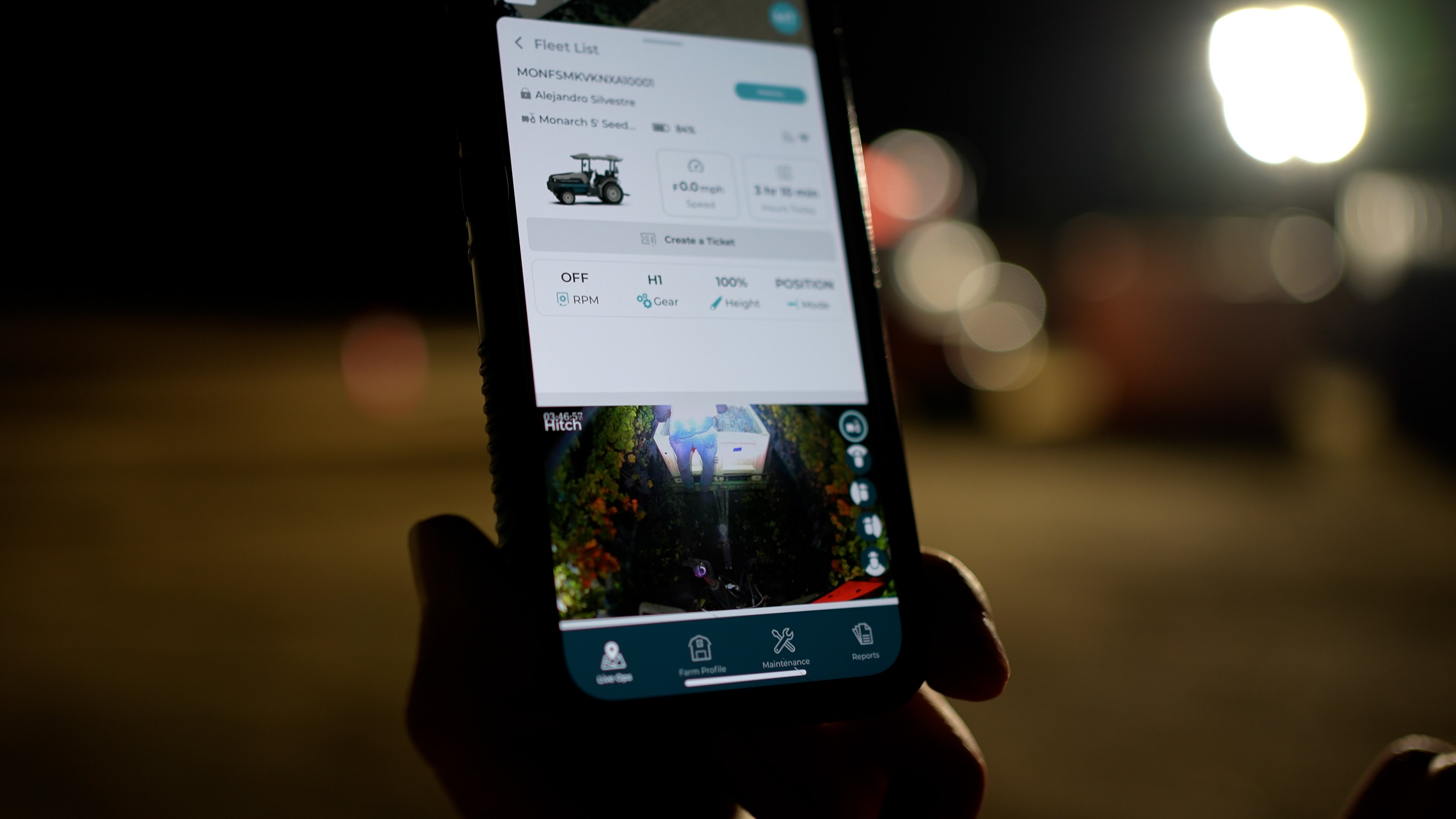
What Is the Role of Remote Monitoring in Modern Farming?
At its core, remote monitoring is part of the modern farming ecosystem, playing a crucial role in terms of efficiency improvements and cost-effective staffing. With remote monitoring, farmers don’t have to spend nearly as much time checking on equipment, resources, and crops. Instead, they can attend to other critical tasks like repairs, purchases, planting, animal treatments, or whatever else is necessary to keep their agribusiness running. Think of remote monitoring as a means of improving farming efficiency; an especially significant benefit for fruit and vegetable farms that traditionally don’t have the same access to advanced AgTech as their counterparts running enormous, industrial-scale operations that are typical with crops like wheat, soy, and corn among others.
How Does Remote Monitoring Work?
Remote monitoring is quickly becoming ubiquitous in a variety of industries — take smart home systems, for instance, that use apps that let you regulate your thermostat from afar, see who is at your door, or even control lighting. When it comes to farming, remote monitoring has the potential to reduce manual labor, improve operations, and streamline maintenance, all of which help improve return on investment (ROI) and make associated equipment and tools appreciating assets. Let’s examine how remote monitoring works in a broad sense.
Sensor Technology and Data Collection
Though the specifics vary from system to system, remote monitoring works through the integration of different sensors (including cameras) and technologies. Those sensors hook up to a shared Wi-Fi, cellular (LTE), or hardline network, then send signals back to a central terminal or app database, like the cloud.
Once data is collected, an app or remote monitoring platform provides key data points and information to farmers, managers, and equipment operators. Then those human agents can use the data to make informed decisions. For example, a remote sensor, like a camera, might indicate that a fence collapsed on the southern part of a farm. The camera detects this, sends the data to a remote monitoring app, and then the farmer can send someone to fix the fence.
Using WingspanAI as another practical example, a farmer can check the app and review the week’s tractor operations visualized on their farm. They also gain access to real-time data on an operation including rows completed, tractor speed, and even the length of breaks. By getting updates throughout the day through an app rather than tracking down the tractor operator, a farmer saves hours of valuable time. 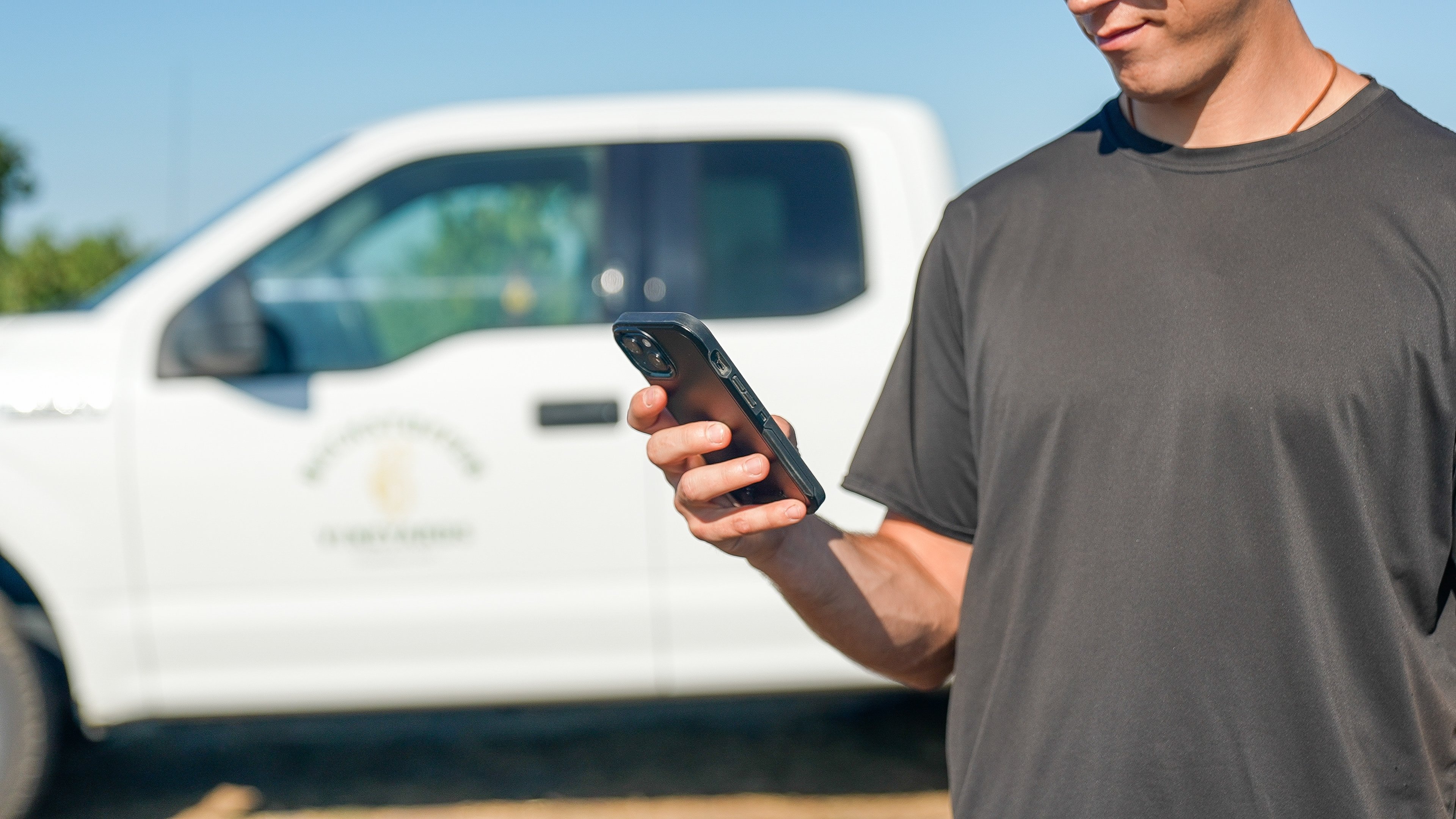
Data Analytics and Insights
In the long term, remote monitoring also incorporates data analysis and insight development, which is why it is often enveloped into the “smart farming” category. Many remote monitoring tools come with machine learning and other technologies to break down trends and data. WingspanAI allows farmers to track diesel savings and carbon emissions, and even the number of hours using Autodrive, providing an up-to-date ROI. These insights can have major benefits for a farm and its operations, helping farmers analyze their spending and improve reporting.
What Are the Benefits of Remote Monitoring Field Operations?
As soon as farmers implement remote monitoring field tools and technologies, several big benefits from across the board emerge.
Improved Efficiency and Productivity
Naturally, remotely monitoring agricultural operations can lead to increased efficiency, productivity, and peace of mind. For example, remote monitoring can cut down on time spent checking fields, fences, tractors, and other pieces of equipment.
Instead of spending valuable time during the day handling rote checkup tasks, farmers can focus their energy on things that must get fixed, replaced, or tended to in person. According to data from McKinsey & Company, the successful implementation of connective technologies and remote monitoring tools could see the farming industry add a collective $500 billion in value to the yearly gross domestic product. 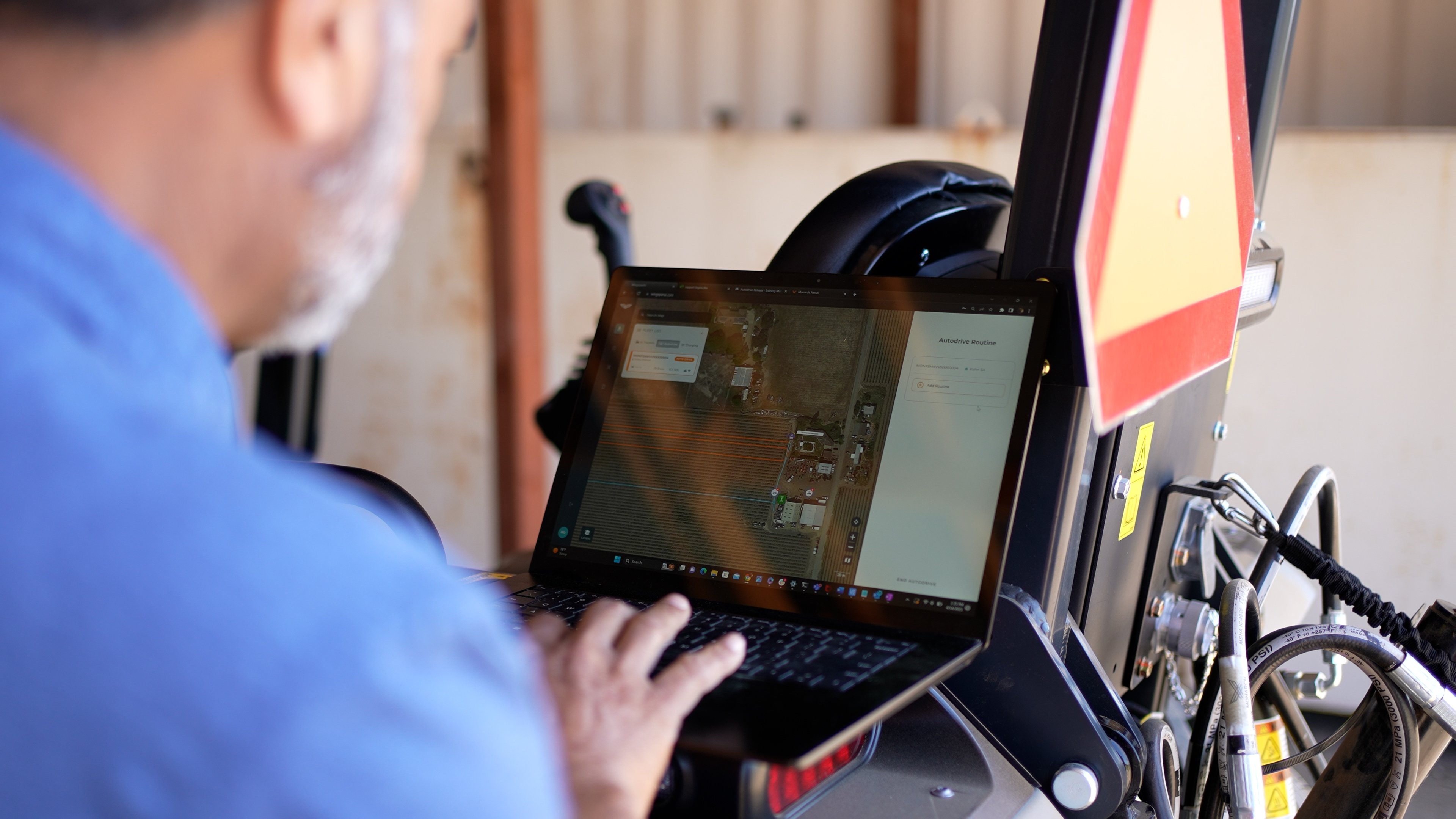
Enhanced Decision-Making and Planning
With improved access to data through remote monitoring, farmers can make better decisions and plan for the future much more effectively. The more data that is gathered and analyzed, the more informed a farmer can be in making decisions regarding:
- Farm expenditures
- Labor allotments and schedules
- Equipment maintenance
What Are Some Trends in Remote Monitoring Technologies?
Remote monitoring technologies are becoming more popular in the farming industry and elsewhere.
Technological Innovation
Indeed, farms of all sizes often use monitoring devices on scarecrows, fences, water troughs, livestock, and elsewhere. These sensors can alert farmers when equipment needs to be fixed, when resources need to be replenished for animals or crops, where animals are located, and so much more.
Even more impressive are technological innovations in the area of automation and machine learning. Monarch’s WingspanAI can collect data and proactively identify issues in its MK-V tractors, allowing farmers to manage maintenance and minimize downtime. The Monarch MK-V’s camera technology provides field monitoring capabilities to help farmers avoid costly oversights. Farmers can use WingspanAI to see what the tractor operator sees — with WingspanAI, farmers can make data-driven decisions and use the visual records for crop monitoring. .jpg?width=3840&height=2160&name=MT_Sept23_Beckstoffer-86%20(1).jpg)
Impact of Field Operations Management
Remote monitoring can improve the work done in the fields by helping you manage your agribusiness operations more holistically and easily than ever. With a bird’s eye view of your farm, automated tools, and sensors, you’ll have total control over your operation and be able to immediately respond to problems before they spiral out of control.
What Should You Consider for Implementing Remote Monitoring?
Although remote monitoring technologies can be highly beneficial, farmers should consider a few key factors before adopting those new tools. Specifically, you need to ensure you choose the right technology and that it is set up and installed properly.
Choosing the Proper Technology
From precision sensors to remote security cameras, it’s important to choose the right remote monitoring tools and systems for a farm. Different tools and equipment are going to be tailored depending on the agribusiness. Fence and livestock monitoring are going to be critical to a dairy farm while remote monitoring that integrates with precision ag is more suitable for farmers growing crops.
Monarch’s MK-V is engineered for fruit, vegetable, and dairy farms along with some other special use cases. In addition to being an integral part of the MK-V, WingspanAI is licensed out and available to other ag equipment manufacturers, thus making the advantageous technology more available to a wider variety of farms. Generally, live video feeds and real-time alerts could be valuable for any type of farm with a range of landscapes and types of equipment to check on and maintain.
Installation and Setup
It’s important to set up remote monitoring systems and tools properly. Taking the time to test equipment helps make sure data is accurate and reliable, which is critical when farmers are using it to inform decisions that can influence an entire year’s productivity. Be sure to set up sensors and monitoring equipment carefully, then test out those sensors before relying on their video feeds or other alerts. .png?width=1790&height=1079&name=portal_2_liveops%20(2).png)
Learn More About Remote Monitoring with a Tractor
At the end of the day, if you’re a farmer or part of an agribusiness, you can make the most of your limited time and energy with remote monitoring. These days, remote monitoring tools and technologies integrate with other advanced innovations, such as an electric tractor or, as in the case with Monarch, a smart, electric, autonomous tractor.
Powered by WingspanAI, the Monarch MK-V has the potential to elevate your farm through driver-optional operations, remote monitoring support, and more. With remote monitoring technologies, you can get ahead of daily challenges — and Monarch makes it easy by transforming your tractor into a platform for gathering data about your farm and operations. With Monarch, you can track the progress and status of your tractor as it trundles across your farm, tackling work all the while.
References
Goedde, L., Katz, J., Ménard, A., et al. “Agriculture’s connected future: How technology can yield new growth.” McKinsey & Company. https://www.mckinsey.com/industries/agriculture/our-insights/agricultures-connected-future-how-technology-can-yield-new-growth
“What Is a Remote Farm Monitoring System?” IoT Worlds. https://www.iotworlds.com/what-is-a-remote-farm-monitoring-system/
Horton, J. “Four Ways Remote Monitoring Increases Efficiency in Modern Ag Operations” Global Ag Tech Initiative. https://www.globalagtechinitiative.com/in-field-technologies/four-ways-remote-monitoring-increases-efficiency-in-modern-ag-operations/
.jpg?width=660&name=MT_Sept23_Beckstoffer-70%20(1).jpg)
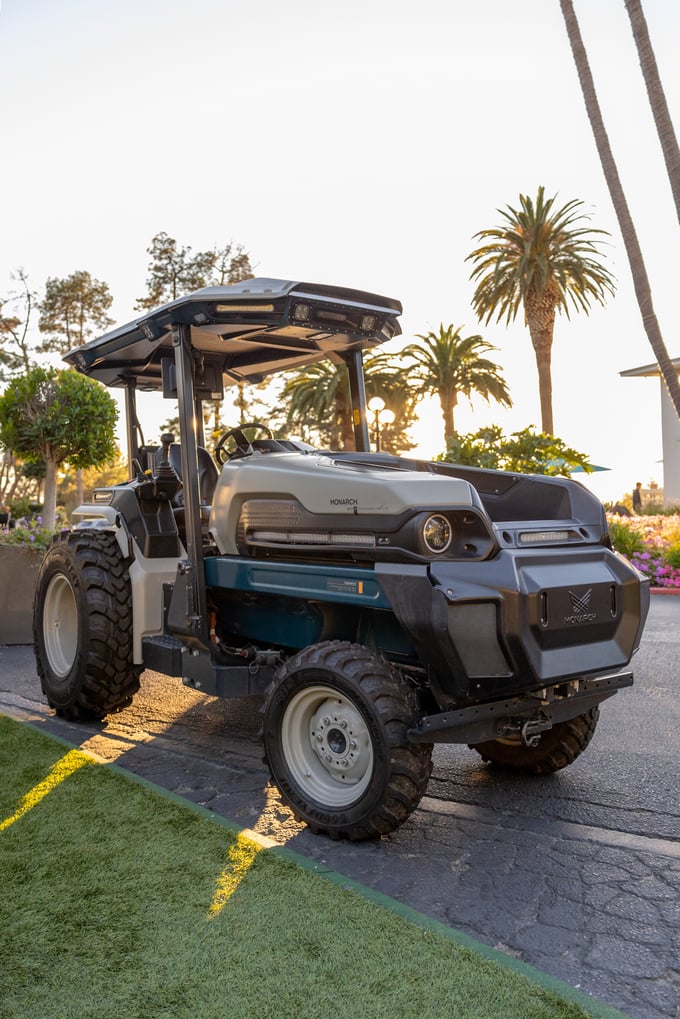
.jpg?width=680&name=MT_Sept23_Beckstoffer-175%20(1).jpg)
